If you’ve recently suffered a hamstring strain, you’re probably looking for a way to relieve some of the pain and promote healing. Massage is a great option for quick relief, but it’s important to know how to massage a hamstring strain in the correct way. In this article, we’ll provide expert tips to help you learn how to massage a hamstring strain for fast relief.
Contents
What is a Hamstring Strain?
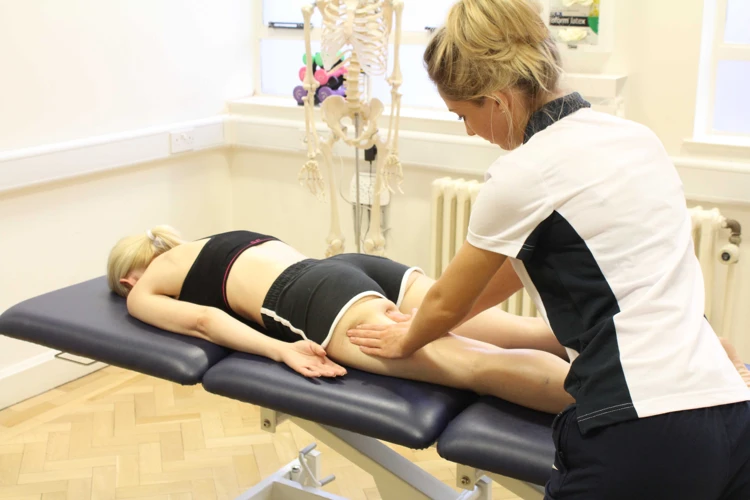
A hamstring strain is an injury to the muscles at the back of the thigh. It is caused by a sudden, forceful movement of the leg, such as when running or jumping. These injuries can range in severity from a minor strain to a complete tear of the muscle. Symptoms of a hamstring strain include pain, swelling, bruising, and a feeling of tightness in the hamstring muscles.
How to Massage Pulled Hamstring
Massage is one of the best treatments for a hamstring strain. Massage helps to reduce pain, improve mobility, and reduce inflammation. To massage a pulled hamstring, start by gently massaging the area in circular motions. Then, use deeper pressure to work the muscle and apply heat. Finally, use stretching techniques to help restore flexibility to the hamstring muscles.
Causes of Hamstring Strains
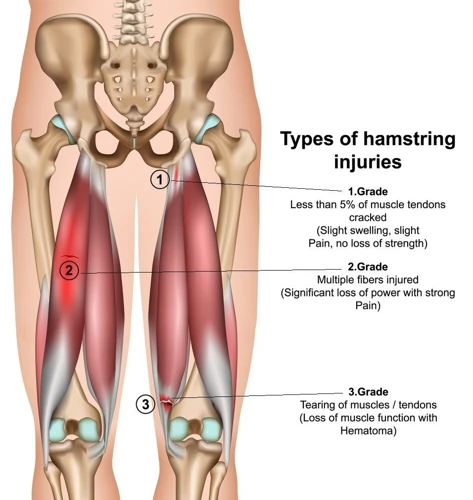
- Overtraining: Doing too much physical activity without adequate rest can cause the hamstring muscles to become overworked and strained.
- Muscle Imbalance: Having an imbalance of strength between the hamstring muscles and the quadriceps can increase the risk of a hamstring strain.
- Inadequate Warm-up: Going into physical activity without a proper warm-up can cause the hamstring muscles to be unprepared for the activity, leading to an increased risk of injury.
- Incorrect Technique: Poor technique during physical activity can cause the hamstring muscles to be overstretched, leading to injury.
- Age: As we age, our muscles become weaker, making them more susceptible to injury.
- Muscle Tightness: Tightness in the hamstring muscles can increase the chances of a strain.
Benefits of Massage Therapy for Hamstring Strains
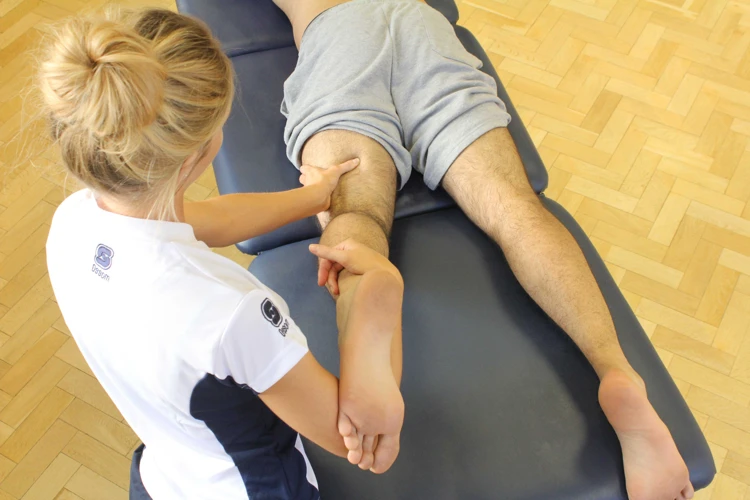
| Benefit | Description |
|---|---|
| Reduce Pain | Massage therapy helps to reduce pain by releasing endorphins, which are natural painkillers produced by the body. |
| Reduce Inflammation | Massage therapy helps to reduce inflammation by increasing circulation and delivering oxygen and nutrients to the injured area. |
| Release Muscle Tension | Massage therapy helps to release muscle tension by working on the muscles and breaking up adhesions and trigger points. |
| Improve Mobility | Massage therapy helps to improve mobility by stretching the muscles and increasing range of motion. |
| Accelerate Healing | Massage therapy helps to accelerate healing by increasing circulation and delivering much-needed oxygen and nutrients to the injured area. |
Massage therapy is an effective treatment for hamstring strains, as it helps to reduce pain, reduce inflammation, release muscle tension, improve mobility, and accelerate healing.
Preparation for Massage Therapy
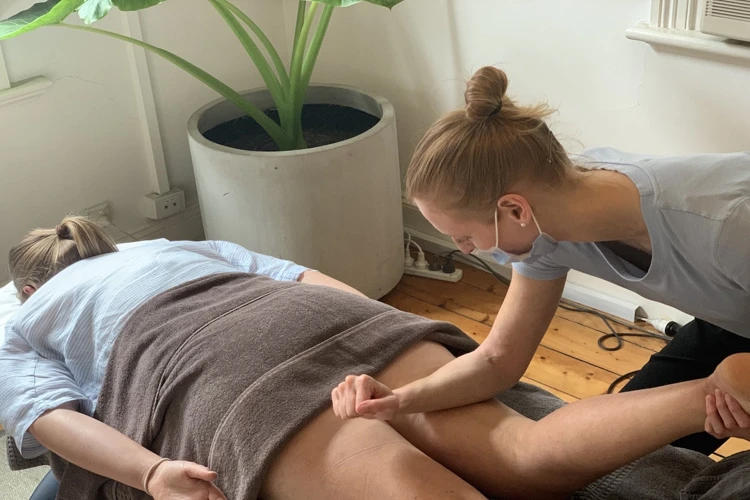
- Gather the necessary supplies: Massage therapists need to have the right supplies to perform massage therapy safely and effectively. This includes massage oils, creams, sheets, and towels. Make sure to have all the necessary supplies on hand before starting the massage.
- Set the mood: Create an atmosphere conducive to relaxation by dimming the lights or playing soothing music to create a calm environment for the massage.
- Clean the area: Before beginning the massage, it is important to clean the area with a disinfectant to reduce the risk of infection. Make sure to wash your hands thoroughly.
- Check the patient’s medical history: It is important to know the patient’s medical history before performing a massage so you can tailor the massage to their needs. Make sure to ask the patient about any medical conditions they may have that could be affected by the massage.
- Check the patient’s comfort level: Make sure to check in with the patient during the massage to ensure they are comfortable and not in pain. Allow the patient to communicate their needs and adjust the massage accordingly.
Types of Massage Therapy
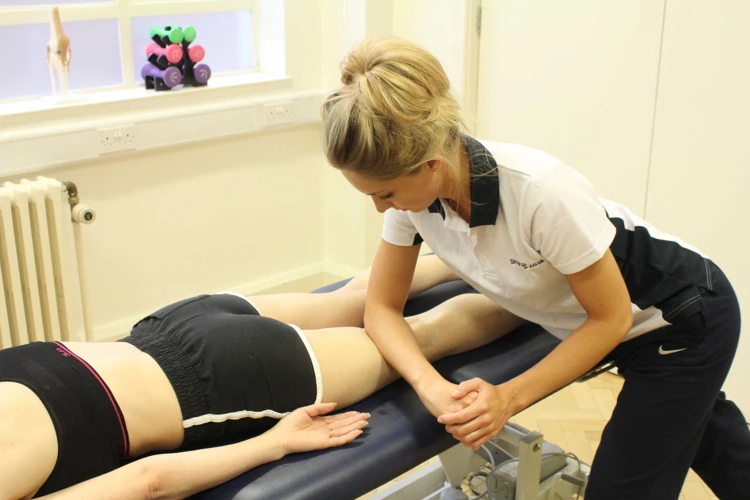
- Swedish Massage – This is the most popular type of massage and involves light to medium pressure strokes and a combination of long gliding movements, kneading and tapping.
- Deep Tissue Massage – This type of massage is used to target deeper layers of muscle and connective tissue. It applies more intense pressure than Swedish massage and is designed to reduce chronic pain and muscle tension.
- Sports Massage – This type of massage is used to treat athletes and is designed to improve athletic performance. It is used before and after an event or workout to help warm up and cool down the muscles.
- Hot Stone Massage – This type of massage uses heated stones as part of the massage therapy. The stones are placed on certain points of the body to help relax the muscles and improve circulation.
- Trigger Point Therapy – This type of massage focuses on the release of tension in specific areas of the body. It is used to treat chronic pain and reduce muscle tension.
- Reflexology – This type of massage is based on the belief that specific points on the feet and hands correspond to areas of the body. Pressure is applied to these points to help relieve tension and improve overall health.
- Shiatsu Massage – This type of massage is based on traditional Chinese medicine and involves the use of pressure points and stretching movements to help reduce tension and promote relaxation.
Techniques for Massaging Hamstring Strains
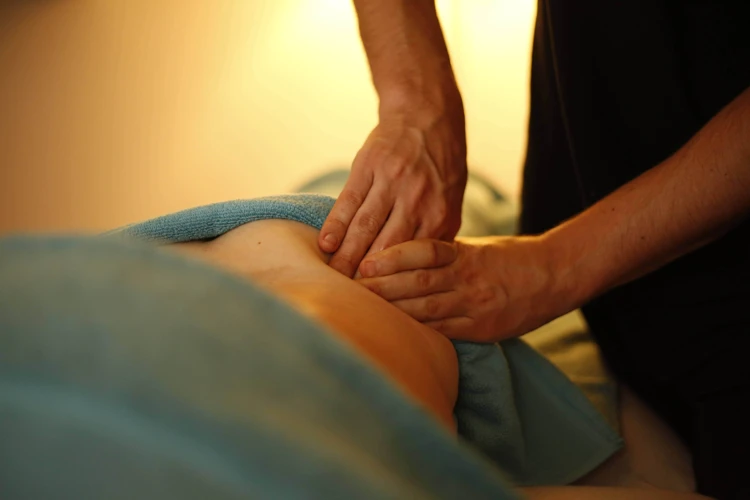
- Friction Massage: This is an effective technique that involves applying deep pressure to the strained muscle. This technique helps to break down adhesions and reduce swelling.
- Effleurage: This is a light massage technique that is used to warm-up the muscles before deeper pressure is applied. This helps to improve circulation and reduce pain.
- Petrissage: This is a kneading technique that helps to release tension in the hamstrings. It can also alleviate pain and increase flexibility.
- Trigger Point Therapy: This is a focused massage technique that is used to target painful spots in the muscle. This helps to reduce inflammation and improve range of motion.
- Myofascial Release: This is a massage technique that helps to release tightness and improve mobility in the hamstrings. It can also help to reduce pain and improve overall performance.
Tips for Massaging a Pulled Hamstring
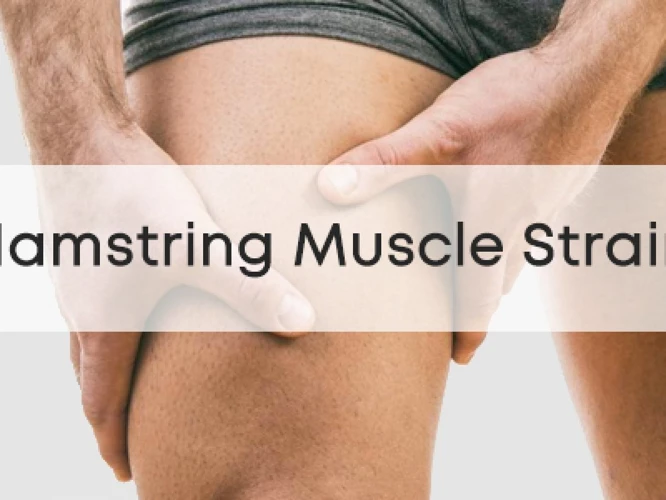
1. Start with a gentle massage. Apply light pressure with your fingertips to the affected area and gently massage in a circular motion. If the massage is too painful, use your fingertips to gently tap the area in a slow and rhythmic motion.
2. Perform deep-tissue massage. Once the area is relaxed and the pain has subsided, you can apply deeper pressure with your fingertips. Use long strokes and make sure to cover the entire area.
3. Increase the pressure gradually. As the area begins to relax, you can gradually increase the pressure with your fingertips. However, make sure to stay within the limits of what is comfortable for the person receiving the massage.
4. Use a foam roller. Foam rolling can be an effective way to massage the hamstring muscle. Place the foam roller under the affected area and roll back and forth, applying pressure as necessary.
5. Avoid stretching. Stretching the muscle can put unnecessary strain on the hamstring, so it should be avoided during the massage. Instead, focus on massaging the affected area to help increase circulation and reduce pain.
6. Use ice or heat. Applying ice or heat to the affected area before and after the massage can help reduce inflammation and increase circulation. This can help speed up the healing process and reduce pain.
When to Seek Professional Help
If you have a hamstring strain, it is important to seek professional help right away. Depending on the severity of the injury, a doctor or physical therapist may be able to provide you with a treatment plan that is tailored to your needs.
In most cases, a doctor or physical therapist will recommend a combination of rest, ice, compression, and elevation (RICE) to reduce symptoms. They may also suggest physical therapy to help strengthen the muscles and improve flexibility.
If the hamstring strain is severe, the doctor may also prescribe anti-inflammatory medications or a corticosteroid injection to reduce swelling and pain. Surgery may be necessary in cases of severe injury.
| When to Seek Professional Help | Treatment |
|---|---|
| Mild Injury | RICE, Physical Therapy |
| Moderate Injury | RICE, Physical Therapy, Anti-Inflammatory Medication |
| Severe Injury | RICE, Physical Therapy, Anti-Inflammatory Medication, Corticosteroid Injection, Surgery |
If you have a hamstring strain, it is best to consult a doctor or physical therapist as soon as possible to get a proper diagnosis and treatment plan. While self-massage techniques may help relieve pain and improve flexibility, they should not be used as a substitute for professional medical treatment.
Frequently Asked Questions
What are the Benefits of a Hamstring Massage?
Hamstring massage offers numerous physical and mental benefits. It helps to reduce muscle tension, improve circulation, increase flexibility, reduce pain, and speed up the healing process. It also encourages relaxation and reduces stress levels. Massage can help to restore balance and improve performance in athletes, and can be beneficial to those recovering from an injury.
Is There Any Risk Associated with Massaging a Hamstring Strain?
When done correctly, massage can help reduce pain and restore range of motion in a strained hamstring. However, it is important to note that there is a potential for further injury if the massage is performed incorrectly or too aggressively. If the hamstring has been injured severely, or if there is any bleeding present, it is important to seek medical attention before attempting to massage the area. Additionally, it is important to use proper technique to ensure that the massage is not too deep or too intense.
How often should a hamstring massage be performed?
- Immediately: Immediately after a hamstring strain, a massage should be performed to reduce swelling, increase blood flow and reduce pain.
- Regularly: To ensure quick recovery, regular massage sessions should be performed. Depending on the severity of the injury, the frequency can range from twice a week to three times a day.
- Before and after activities: It is important to perform a massage session before any activity that involves the use of hamstrings. This will help increase flexibility and reduce the risk of further injury. Similarly, a massage session should be performed after any activity that involves the use of hamstrings in order to reduce any soreness or fatigue.
- Long-term: Even after the injury has healed, regular massage sessions should be performed to keep the hamstrings healthy and prevent future injuries.
What Kind of Massage Techniques are Best for a Hamstring Strain?
Deep-tissue massage, trigger-point therapy, and cross-friction massage are the three main massage techniques that can be used to help relieve the pain from a hamstring strain. Deep-tissue massage is used to loosen tight muscle fibers and reduce tension. Trigger-point therapy is used to target specific areas of the muscle, releasing knots and spasms. Cross-friction massage is used to increase blood flow to the strained area, which helps speed up the healing process. It is important to remember to communicate with your massage therapist to ensure you are receiving the right type of massage for your specific hamstring strain.
How long does it typically take for a hamstring strain to fully heal with massage?
Massage can be a great way to speed up the recovery of a hamstring strain. It can help improve circulation, reduce pain, improve range of motion and promote healing. But how long does it typically take for a hamstring strain to fully heal with massage?
- The time it takes for a hamstring strain to heal with massage can vary depending on the severity of the injury. Generally speaking, a mild strain or tear can take 4-6 weeks to heal with massage.
- A moderate strain can take 8-10 weeks to heal with massage, while a severe strain may take up to 16 weeks or longer to heal.
- In addition to the severity of the injury, the amount of time it takes to heal can also depend on the individual’s overall physical condition and the quality of the massage techniques used.
- It is important to note that massage is not a panacea for all hamstring strains and tears. While massage can help improve circulation, reduce pain, and improve range of motion, proper rest and rehabilitation are also essential for full recovery.
Conclusion: It typically takes 4-16 weeks for a hamstring strain to heal fully with massage, depending on the severity of the injury and the individual’s overall physical condition. Massage is not a panacea and should be used in conjunction with proper rest and rehabilitation for best results.
Conclusion
Massaging a hamstring strain can be an effective way to reduce pain and inflammation, promote healing, and prevent further injury. With the proper technique and a few expert tips, you can safely massage your hamstring strain and enjoy quick relief.

